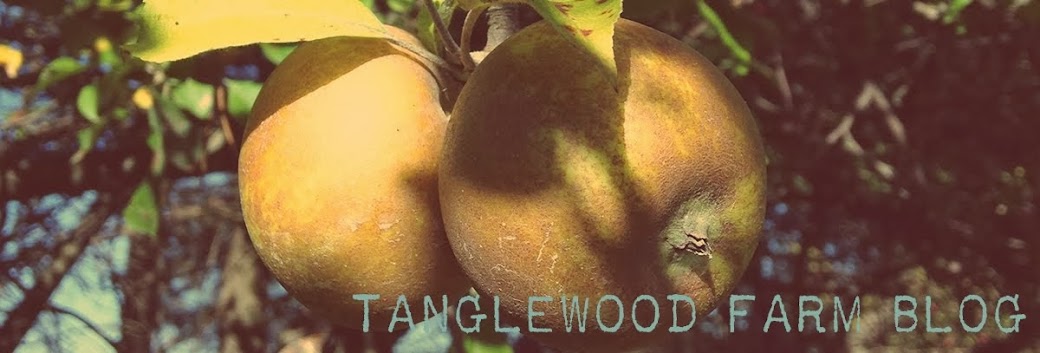When I was in college I dyed wool all the time. Wool yarn, wool roving, wool fleece, wool fabric... I used it for weavings and knitting, and I even sold it on ebay for a while. I had access to the dye lab at the university I was attending and it was a gorgeous facility complete with stoves and ventilation. My college roommate can attest to this, as she was very irritated by the drying skeins of yarn in my closet and the overall permeating wet-sheep-smell. Bwahaha.
Wool was the first fiber I dyed, apart from the tedious cotton/rayon dye swatches I did with my dye class. Because it was my fiber of choice even before joining the textiles program, and because I'm a stubborn ox, I clung to it religiously and learned all I could about dying wool with acid dyes as well as a few natural dyes. Basically dye+acid+heat=colored wool... Aren't protein fibers cool?
So years later I decided to play with cellulose fibers (after graduating and without access to a dye lab) and discovered the process was far more time intensive than dyeing wool. Each time a cellulose fiber (made from plants such as cotton, linen, hemp, etc) is dyed, it must first be prepared using a mordant or fixative. Then after this chemical is applied it is ready to be exposed to the dye molecules. It's like prepping a petri dish, almost. You have to create the perfect environment for the dye molecules to saturate and fix to the fibers. I totally understood it, but I found the process tedious and the results uninspiring.
This spring, however, I began to notice other bloggers discussing natural dyeing, using various plants from their yards... The idea of using natural dyes wasn't new for me, but the idea of using weeds and invasive plants to create color on fabric was instantly inspiring.
The thing with dyeing cellulose fibers with natural dyes is that each natural dye source is different. Some plants that are high in tannin, such as oak galls, sumac and walnut hulls, will fix to a cellulose fiber easily and fast. Others, such as certain leaves producing golds and greens dye well on cellulose that has been treated with a mordant, or fixative (usually alum, but sometimes iron or other metals). Still other dyes, such as berry juices and many flower-based solutions, must be applied to a cellulose fiber that has been tannin-treated as well as mordanted... and some dyers even swear by treating with tannin a second time after the mordant.
When I was younger and in college I found myself tantalized by the quick and vibrant colors of acid dyes on wool, but now that I am older I am able to see the beauty in the lengthy process and ecological soundness of dyeing naturally.
This morning, I found myself in an almost meditative calm while preparing the cloth for the tannin bath that I'd made out of sumac leaves. The cloth has to be soaked in water to allow for even tannin uptake before it is immersed. The pot of sumac leaves was boiled for two hours and then allowed to sit for three days simply because I didn't have time to fuss with it. I feel like dyeing protein fibers with synthetic dyes is akin to baking - you have a very specific set of directions and as long as you are careful you can produce quick and even results that remain predictable.
With natural dyeing you are bound not by "directions", but by concepts... You should never expect a specific result; you simply hope and observe.
Something as simple as an increase of iron in your tap water can change the colors, and something as complex as the sun exposure that a plant had access to over the span of an entire growing season can affect the colors as well as the light-fastness.
You are at the disposal of the elements - a sort of terroir within fiber and cloth. As with all things inevitable, it's best to just relax and go with the flow, embracing the results with wonder and awe, and know that what you see in your finished cloth is a complex compound of so many incomprehensible factors that it is truly a glimpse of chaos. Float, as a leaf, down the river.
(photos coming soon... having some technical difficulties...)

0 comments:
Post a Comment